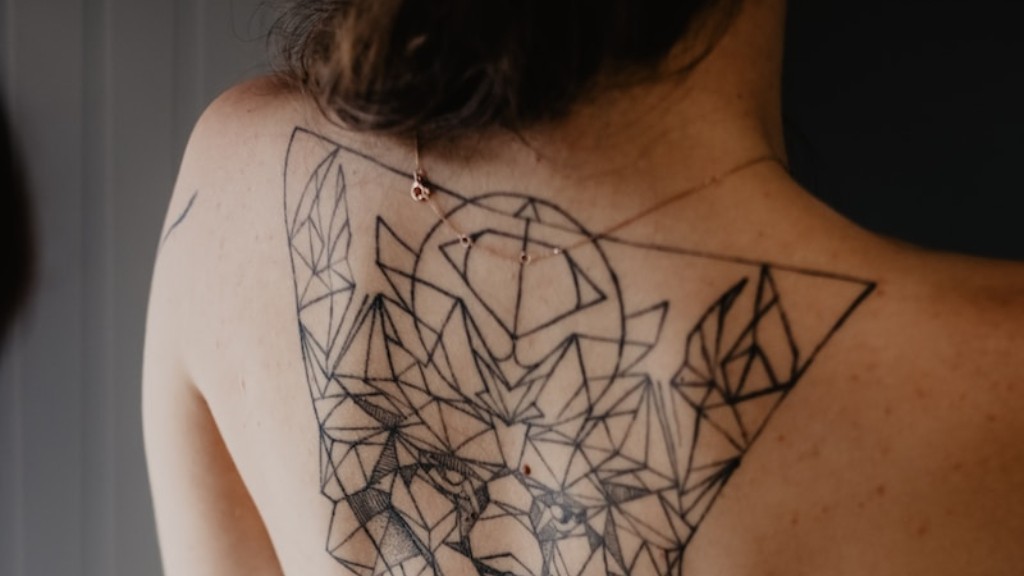Can You Apply Numbing Cream During a Tattoo?
So, you’ve finally decided to get a tattoo. Whether it’s your first or tenth, the excitement mixed with a dash of nervousness is an undeniable feeling. But, have you ever wondered if there is a way to make the tattooing process less painful? Well, fear not! We are here to answer that burning question for you.
Yes, you can apply numbing cream during a tattoo!
Imagine a world where getting a tattoo feels as gentle as a butterfly landing on your skin, where pain becomes a distant memory. That’s the magical power numbing cream holds. It acts as an oasis in the desert of pain, providing temporary relief so you can sail through the tattooing process with ease and grace.
Applying numbing cream to the area where the tattoo will be inked can help dull the sensation of pain. This cream typically contains lidocaine, which is a local anesthetic that numbs the skin and surrounding tissues. By numbing the area, you can experience a more comfortable tattooing experience. It allows you to focus on the artistry and beauty of the design rather than worrying about the potential discomfort.
The Benefits of Using Numbing Cream for Tattoos
1. Pain Reduction
Tattooing involves needles repeatedly piercing your skin to deposit ink. It is no secret that this process can be quite painful. However, applying numbing cream can significantly reduce the pain associated with getting a tattoo. It allows you to endure the experience with minimal discomfort and gives the tattoo artist the freedom to work their magic unhindered by your squirms and winces.
2. Anxiety Relief
The fear of pain can cause anxiety and stress, making the tattooing process an unpleasant one. Numbing cream helps alleviate these anxieties, allowing you to relax and have a more enjoyable experience. With reduced pain and anxiety, you can fully immerse yourself in the artistry of the tattoo and the positive energy surrounding it.
3. Extended Session Duration
Pain can often limit the length of a tattoo session. By using numbing cream, you can extend the duration of your session, giving the artist more time to create intricate designs or work on larger pieces. It’s a win-win situation for both you and the artist, ensuring that the tattoo is executed with precision and attention to detail.
4. Enhanced Healing Process
Tattoos require proper aftercare to ensure optimal healing. The pain associated with the tattooing process can make it more challenging to follow the aftercare instructions. By using numbing cream, you can minimize both the pain during the tattoo and the discomfort during the healing process, allowing you to take better care of your fresh ink.
How to Use Numbing Cream during a Tattoo
Now that you’re convinced of the wonders of numbing cream, it’s essential to know how to use it effectively. Follow these simple steps for a pain-reduced tattoo experience:
1. Consult with Your Tattoo Artist
Prior to your tattoo appointment, have a conversation with your tattoo artist about the use of numbing cream. They will advise you on their preferred brand or may even provide a specific cream themselves.
2. Read and Follow Instructions
When you acquire the numbing cream, carefully read the instructions and follow them precisely. Failure to do so may result in an ineffective numbing experience.
3. Apply the Cream Properly
Thoroughly cleanse the area that will be tattooed and ensure it is dry. Apply a thick, even layer of numbing cream, ensuring full coverage. Use plastic wrap to cover the area and wait for the specified time stated in the instructions.
4. Remove the Cream and Enjoy
After the specified time has passed, remove the plastic wrap and wipe away any residual cream. Then, get ready to embark on your tattoo journey with reduced pain and heightened enthusiasm.
Are There Any Risks or Side Effects?
While numbing cream provides temporary pain relief during a tattoo, it is essential to be aware of potential risks and side effects. Though rare, some individuals may experience allergic reactions or skin irritation when using numbing cream.
It’s crucial to conduct a patch test on a small area of skin 24 hours prior to your tattoo appointment to check for any adverse reactions. Additionally, consult with your tattoo artist and seek medical advice if you have any concerns or pre-existing medical conditions that may affect the use of numbing cream.
Conclusion
Now that you know you can apply numbing cream during a tattoo, you have the power to choose a more comfortable and enjoyable tattoo experience. By reducing pain and anxiety, numbing cream opens up a whole new world of possibilities for both tattoo enthusiasts and professionals alike.
Remember, the decision to use numbing cream is entirely personal. While some people prefer to embrace the pain and view it as an integral part of the tattoo ritual, others may choose to enhance their experience through the use of numbing cream.
So, if you’re ready to embark on an incredible journey of self-expression through body art, consider the option of numbing cream and explore a new dimension of pain-reduced tattooing. It’s time to turn your tattoo dreams into a reality, one comfortable ink session at a time!




